Nigel Hussey, HFML Nijmegen.
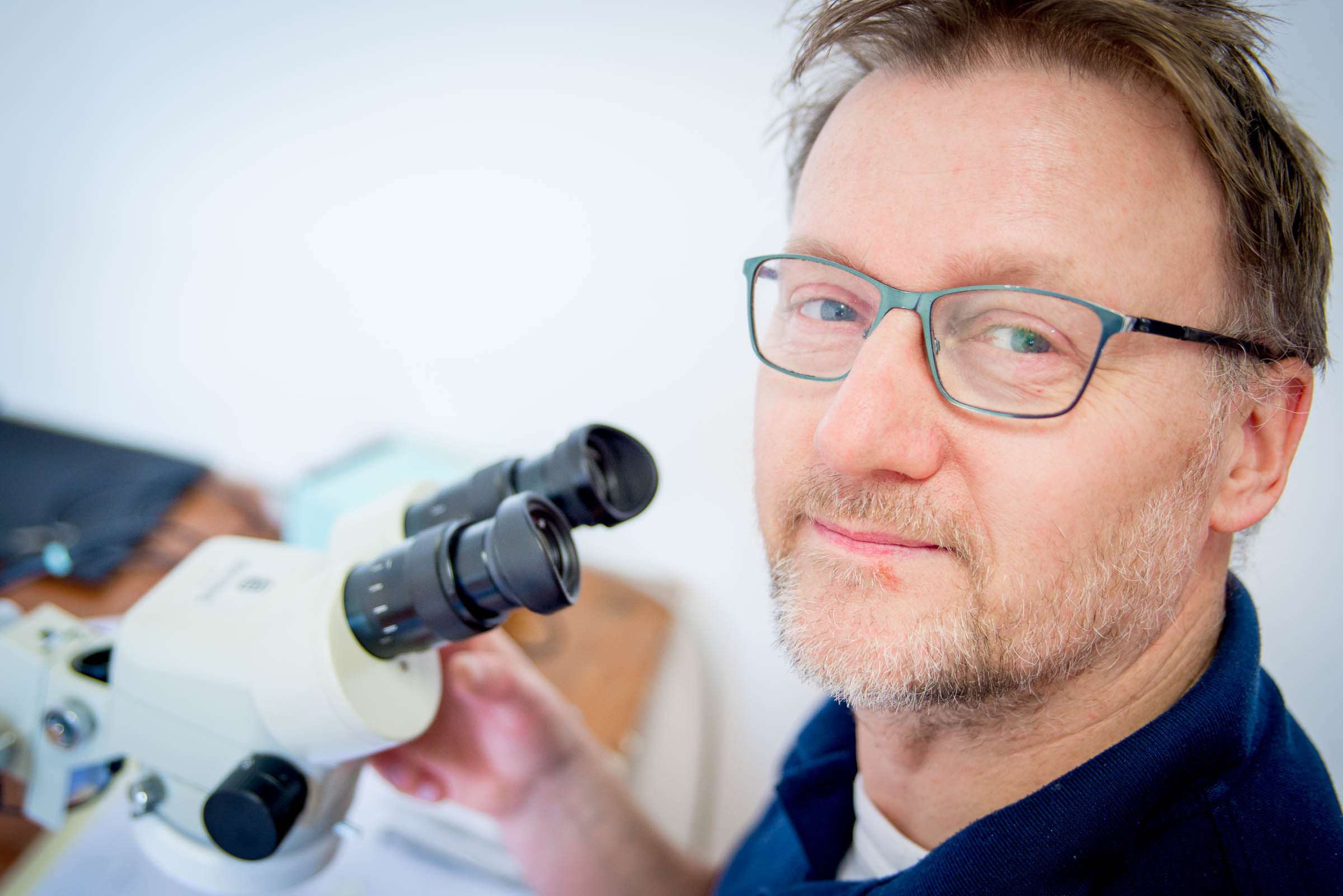
Experimental physicist Nigel Hussey has received a prestigious € 2.5 million grant from the European Research Council (ERC) to study the flow of charge in exotic metals and superconductors under extreme conditions. The ultimate goal is to understand superconductivity and create a pathway towards room-temperature superconductors.
Hussey: ”This is very challenging. We want to understand how superconductivity works, but nature keeps playing games with us. In order to understand a superconductor, you also need to destroy it and here at our EMFL facility in Nijmegen we use extreme conditions to study the behavior of electrons in the metallic state.” Hussey is interested in how a good metal becomes bad and ‘breaks down’ all of a sudden. He will use his ERC funding to test his idea that while high-temperature superconductivity is initially borne out of the interaction that causes the electrons to pair up in the superconducting state, it is ultimately destroyed by it, since the scattering becomes so strong that the electronic states required to form the superconductor are themselves destroyed. “With this grant, I have the unique opportunity to set up my own research group dedicated to this task. By exposing exotic metals to extreme conditions like the high magnetic fields at HFML, the intense radiation of the free-electron lasers at the FELIX Laboratory, high pressures, and very low temperatures I hope to find out what exactly happens.”
“The scientists that judged my proposal called it controversial, highly ambitious, and on the edge. It’s high risk, high gain. But even if my idea is proven wrong, we will nonetheless be one step closer to identifying the physics behind strange-metal behavior. It will be an important key step in the development of a coherent theory for hightemperature superconductivity, which in turn may provide key guiding principles in our quest for materials with ever higher transition temperatures.”


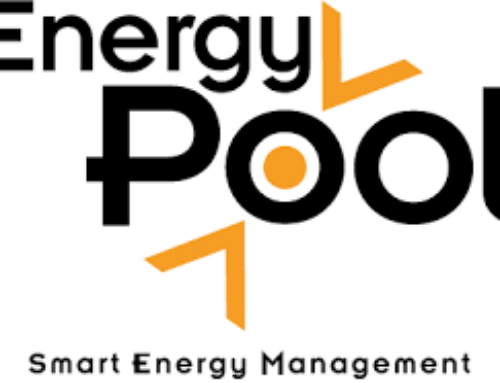
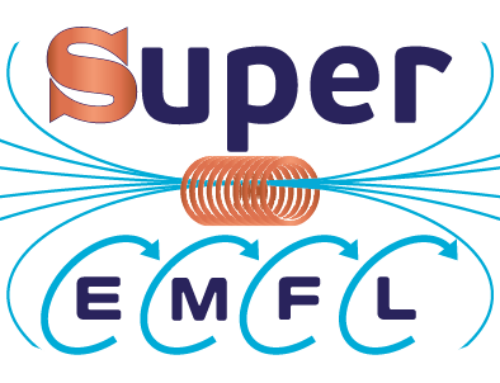
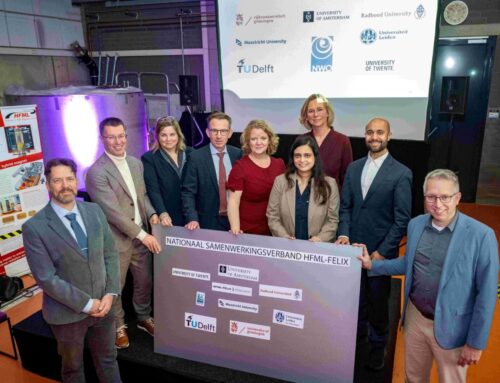
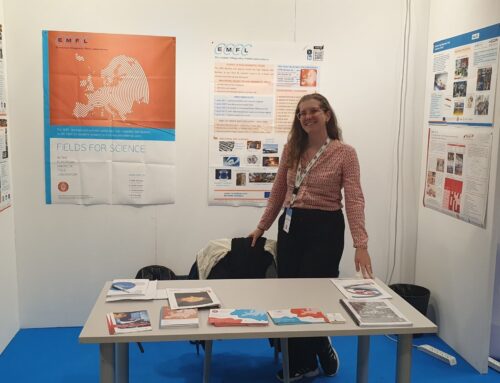
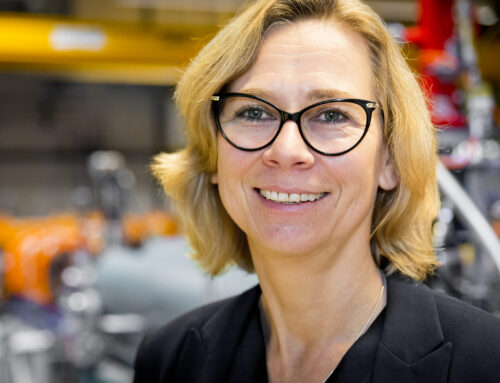
Leave A Comment
You must be logged in to post a comment.